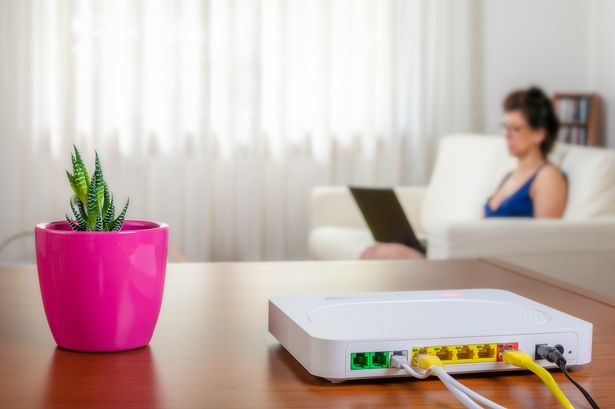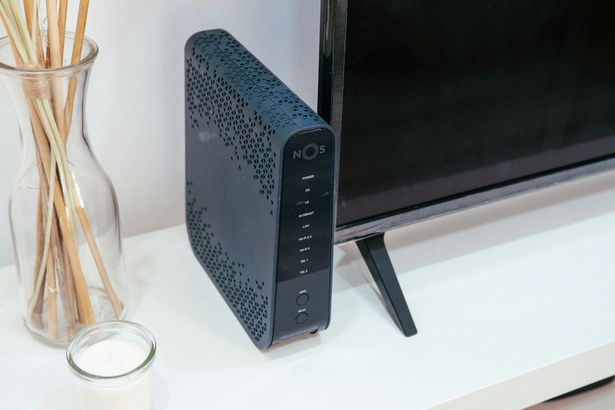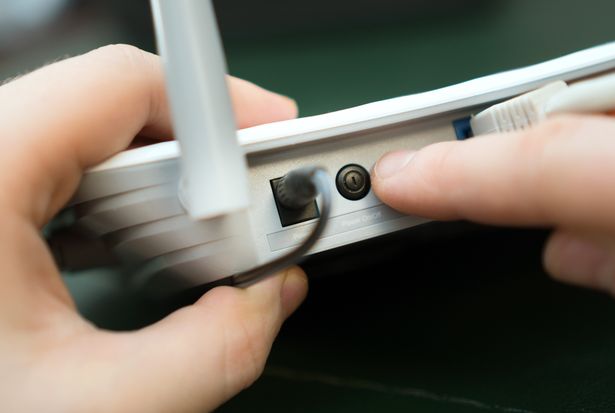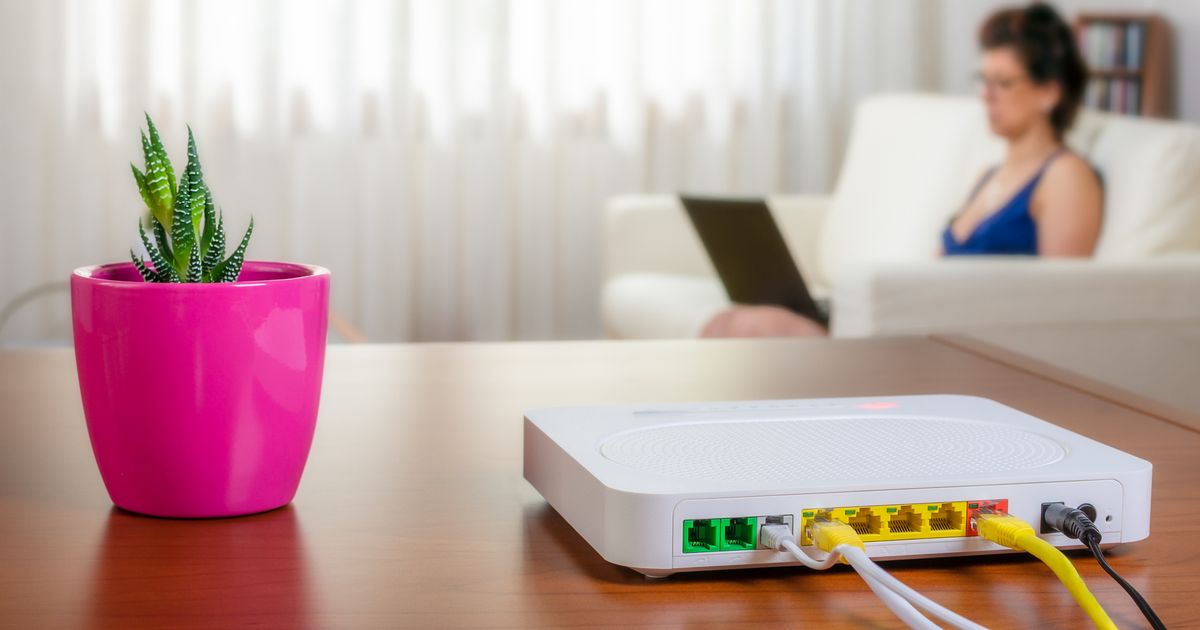Simple placement mistakes could be costing you precious broadband speed – and the solution is easier than you think
15:54, 06 Aug 2025Updated 15:54, 06 Aug 2025
 We might not think much about where our router is in the house but it could make all the difference (Image: Getty)
We might not think much about where our router is in the house but it could make all the difference (Image: Getty)
Whether it’s Netflix buffering at the end of your favourite show, or watching colleagues freeze mid-sentence during that important video call, we’ve all been there. There is no doubt about it – slow internet is a universal bugbear.
While we’re quick to blame our internet provider for incessant lagging and sluggish speeds, the real culprit might be sitting right under our noses. And what’s more, the problem may be more widespread than you might think.
Luckily, tech experts at OddsMonkey have come to the rescue to reveal the best and worst places to put your WiFi router. And it turns out many of us are getting it wrong.
“Your router is essentially the heart of your home’s internet connection,” a spokesperson from OddsMonkey explained. “Where you place it can be the difference between seamless streaming and constant frustration.”
With millions of UK households now working from home and streaming more content than ever, even small improvements to internet speed can make a significant difference to daily life.
 The best and worst places to put your WiFi router have been revealed (Image: OddsMonkey)
The best and worst places to put your WiFi router have been revealed (Image: OddsMonkey)
However, many of us treat our routers like unsightly appliances to be hidden away, rather than the crucial pieces of technology they actually are.
The biggest mistake? Tucking your router away in a corner or hiding it behind other electronics. WiFi signals spread outward in all directions, so positioning your router centrally gives you the best coverage throughout your home.
Height matters, too, as routers work best when elevated. Think on a shelf or mounted to a wall, rather than sitting on the floor where furniture and other obstacles can block the signal.
But it’s not just about getting your router up high and central. Location matters enormously, and some spots in your home are WiFi dead zones waiting to happen.
Kitchens are particularly problematic due to metal appliances that can interfere with signals. Microwaves are especially disruptive since they operate on the same 2.4 GHz frequency as many routers, causing significant signal degradation when in use.
Other common household items can be equally troublesome. Fish tanks might look decorative, but water absorbs WiFi signals. Even mirrors can cause issues by reflecting radio waves away from where you need them most.
 The best position for your broadband router is somewhere central(Image: Getty)
The best position for your broadband router is somewhere central(Image: Getty)
The OddsMonkey spokesperson said: “It’s not uncommon to place routers in cupboards, behind TVs, or next to other electronic devices without realising the impact. These simple mistakes can cut your WiFi speed.”
The solution is surprisingly straightforward. OddsMonkey recommends experimenting with different locations to find your home’s WiFi sweet spot.
Start by switching off nearby devices and cables before running a speed test.
 Join the Daily Record WhatsApp community!
Join the Daily Record WhatsApp community!
Get the latest news sent straight to your messages by joining our WhatsApp community today.
You’ll receive daily updates on breaking news as well as the top headlines across Scotland.
No one will be able to see who is signed up and no one can send messages except the Daily Record team.
All you have to do is click here if you’re on mobile, select ‘Join Community’ and you’re in!
If you’re on a desktop, simply scan the QR code above with your phone and click ‘Join Community’.
We also treat our community members to special offers, promotions, and adverts from us and our partners. If you don’t like our community, you can check out any time you like.
To leave our community click on the name at the top of your screen and choose ‘exit group’.
If you’re curious, you can read our Privacy Notice.
For the fastest and most reliable connection, routers should be placed in a central, elevated position, out in the open – not tucked away in corners or hidden behind electronics.
Before investing in expensive WiFi boosters or upgrading your broadband package, try repositioning your existing router. A few minutes of experimentation could save you months of internet frustration and potentially expensive upgrades.

